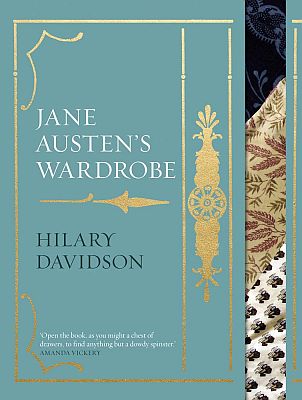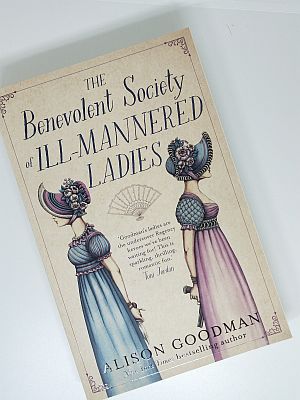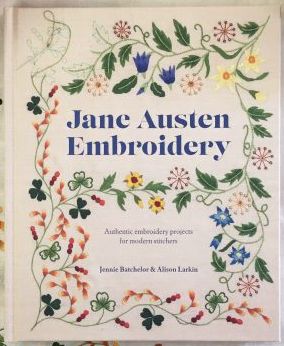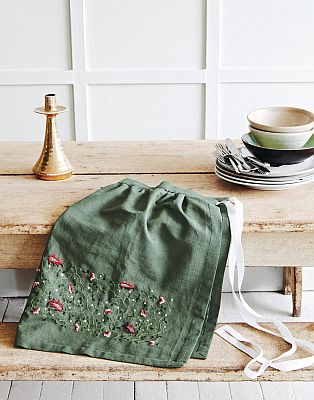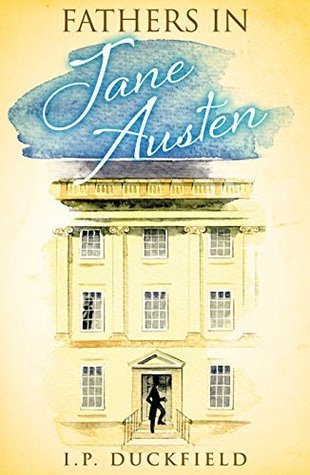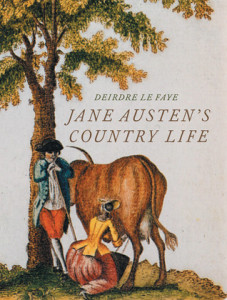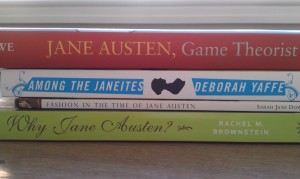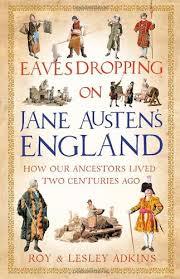
Eavesdropping on Jane Austen’s England – Roy & Lesley Adkins
I was browsing in The Lane Book Store and saw this book (they usually have a good selection of Jane Austen books). I had read about it, but wasn’t sure that I would like it. The Adkins are a husband and wife team who had previously written (amongst other things) Jack Tar Life in Nelson’s Navy. This book is along similar lines in fact I am sure some of the research for the former book was useful to the latter.
Here is the blurb …
Jane Austen, arguably the greatest novelist of the English language, wrote brilliantly about the gentry and aristocracy of two centuries ago in her accounts of young women looking for love. Jane Austen’s England explores the customs and culture of the real England of her everyday existence depicted in her classic novels as well as those by Byron, Keats, and Shelley. Drawing upon a rich array of contemporary sources, including many previously unpublished manuscripts, diaries, and personal letters, Roy and Lesley Adkins vividly portray the daily lives of ordinary people, discussing topics as diverse as birth, marriage, religion, sexual practices, hygiene, highwaymen, and superstitions.
From chores like fetching water to healing with medicinal leeches, from selling wives in the marketplace to buying smuggled gin, from the hardships faced by young boys and girls in the mines to the familiar sight of corpses swinging on gibbets, Jane Austen’s England offers an authoritative and gripping account that is sometimes humorous, often shocking, but always entertaining.
I think that I am quite knowledgeable about Jane Austen’s time, but that knowledge is centred on the gentry. I found this book fascinating. It was easy to read (none of that academic jargon) and each chapter covered a significant aspect of a person’s life: Wedding Bells, Breeding, Toddler to Teenager, Home and Hearth, etc.
I learnt about Bastardy Laws – apparently an unwed pregnant woman who was unable to maintain herself was bought before a magistrate and forced to name the father of her child. He then had to marry her (if he was unmarried) or support her financially or he was sent to gaol (can you imagine that marriage?) and the Black Laws – it was a capital offence to enter a forest in disguise!
I learnt about the hard lives of chimney sweeps who often died of terrible cancers because soot is carcinogenic and they rarely had the opportunity to bathe not to mention getting stuck in a chimney and suffocating.
What this book really makes plain is how hard and depressing the lives of poor people were – work was physically hard and sometimes dangerous, food was costly and not very plentiful, housing was poor and sanitation almost non existent. Life would have been one long grind until you died (although if you were grateful enough in life you could hope for a reward in heaven).
I had to laugh at some of the medical ‘cures’ – one person had a sty and wiped the tail of his black cat across it! But, with the best of intentions, I suspect many patients doctors killed their patients. Blood poisoning (from Blood letting), infections (dirty hands and equipment) and strange drug concoctions. Dentistry was awful – blacksmiths might remove your teeth! Painful teeth were generally just removed and the best type of dentures were real teeth – either from dead people (stolen by body snatchers) or from poor people willing to sell their teeth.
‘the new teeth should always be perfectly sound, and taken from a mouth which has the appearance of that of a person sound and healthy; not that I believe it possible to transplant an infection’. In order to avoid filing the tooth to the correct shape the ‘best remedy is to have several people ready, whose teeth in appearance are fit; for if the first will not answer, the second may’.
Life would have been miserable for the poor, but even the gentry would have found it uncomfortable; cold and smelly.
I think anyone interested in social history or Jane Austen’s time will find this book interesting.
More reviews …
http://www.dailymail.co.uk/home/books/article-2349790/Did-Mr-Darcy-bad-breath–EAVESDROPPING-ON-JANE-AUSTENS-ENGLAND-BY-ROY-AND-LESLEY-ADKINS.html
http://writingwomenshistory.blogspot.com.au/2013/08/eavesdropping-on-jane-austens-england.html

